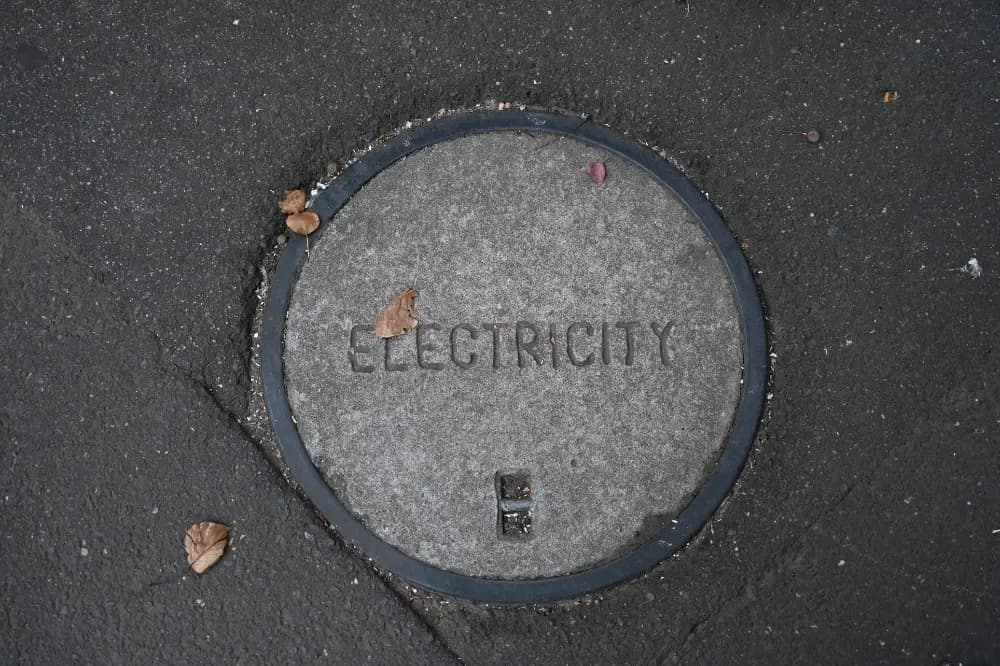Reality Check
The Real Price of Your Cloud Storage (Spoiler: It's Not Just $2.99/Month)
The cloud feels magical—limitless storage, frictionless collaboration, instant access from every screen. But every gigabyte is anchored to a data center that burns real electricity, consumes real water, and generates real heat.
When we pretend digital equals weightless, we ignore the environmental and social bill arriving alongside our subscriptions. This is what that bill actually includes.

The Cloud Is a Power Plant in Disguise
Analysts estimate digital activity already accounts for 3–4% of global emissions and could double by 2025. A one-hour binge-watch, 10,000-photo archive, or AI job that churns overnight—all of it sits on racks of servers that never sleep.
Hyperscale facilities demand constant cooling, backup power, and freshwater. They're also clustered in regions with cheaper energy, which often means fossil fuels. Clean UX on the surface, dirty infrastructure underneath.
Waste Piles Up Long Before You Upgrade
E-waste is the fastest-growing waste stream in the world. Laptops, routers, and phones contain rare earth metals and hazardous materials that often end up in landfills or unregulated recycling markets.
Cryptocurrency raises the stakes further. Bitcoin mining uses more electricity than some countries, while proof-of-work NFTs and memecoins continue to spike energy demand without delivering equivalent societal value.
The Privacy Tab Nobody Reads
Free services monetize you twice—first by selling targeted access to your behavior, then by storing the data in perpetuity. Every additional replica, analytics job, and third-party integration multiplies the footprint.
Transparency is rare. Users rarely know where their information lives, how long it sticks around, or what safeguards exist if a provider cuts corners on energy sourcing or security.
What Responsible Tech Use Looks Like
- Audit your storage. Delete duplicates. Archive locally. Choose providers with renewable energy commitments.
- Stretch device lifespans. Repair before you replace and support right-to-repair legislation.
- Triage AI workloads. Run heavy jobs during off-peak hours or on greener clouds. Question whether you really need another always-on automation.
- Insist on transparency. Ask vendors for emissions data, water usage metrics, and data retention policies.
Technology isn't the villain. Complacency is. Treat the cloud like a physical resource, and you can still enjoy the convenience without pretending the costs don't exist.
Keep exploring
Stories from the passing Scene
Further notes of thoughts that passed our mind.
September 15, 2025
How AI Turned Lazy YouTubers Into Millionaires (And What That Means For You)
AI handles scripting, editing, thumbnails, and analytics so creators can publish more consistently and stay focused on the story their audience cares about.
Read this storySeptember 24, 2025
Why Everyone Suddenly Wants to Look Rich (Without Looking Rich)
Loud logos are out. Quiet confidence is in. The old money aesthetic and quiet luxury movement reflect a cultural shift toward understated elegance, nostalgia, and timeless style that doesn't scream for attention.
Read this storyOctober 16, 2025
“We Need a Website by Monday” (Three True Stories from the Panic Zone)
Sometimes businesses don't have six weeks for a website. They have six hours. Here are three real stories of emergency launches—what went wrong, what went right, and how fast website delivery actually saves businesses.
Read this storySeptember 23, 2025
SEO is Dead. Long Live AEO. (And Why Your Website Needs Both Right Now)
Remember when SEO was king? Yeah, those days are gone. Don't panic though. SEO isn't dead—it's just got a twin brother named AEO, and they're both fighting for your attention.
Read this story